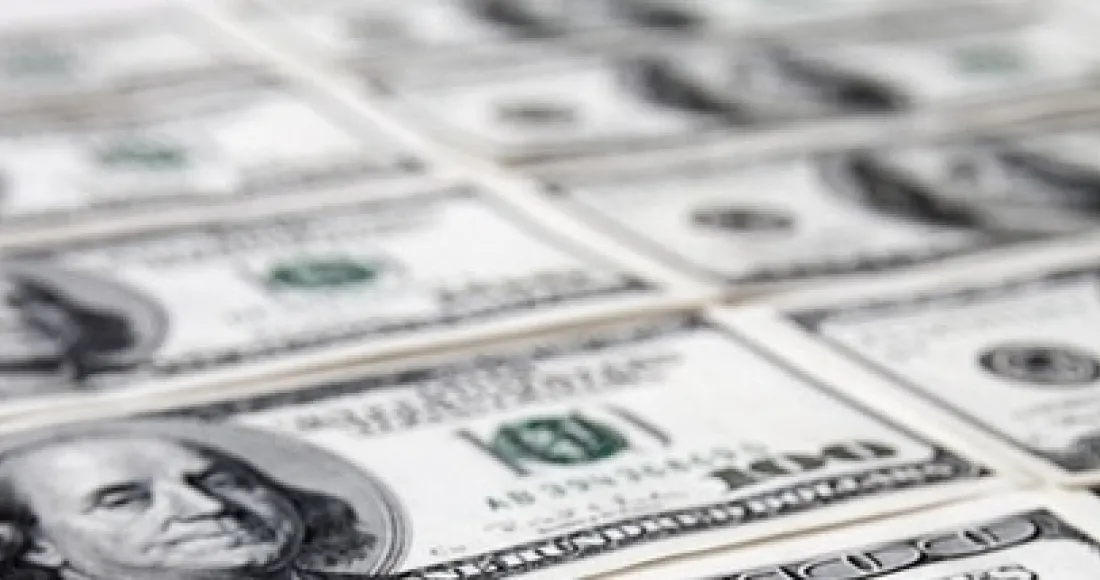
There is no limit to the ways and means in which businesses and individuals defraud our government. Around 225 years ago, Benjamin Franklin observed that, “there is no kind of dishonesty into which otherwise good people more easily and frequently fall than that of defrauding the government.” It was true then, and even more relevant today.
Take the following three examples:
- Company A masquerades as a Service-Disabled Veteran-Owned Small Business (SDVOSBC) in order to win contracts from the Internal Revenue Service (IRS) worth more than $500 million for which it isn't eligible.
- Company B falsifies test results of its software and provides $40 million dollars worth of unusable equipment to the Transportation Security Administration (TSA).
- Company C overcharges several million dollars for fruits and vegetables for US troops, schools and other government customers.
What do these companies have in common? All of them are involved in defrauding the federal government through different types of contracting or procurement fraud. In addition to the above examples, other types of government contracting fraud can include inflating labor and supply costs, billing for incomplete work or for work that does not meet the standards called for in the contract, and even providing bribes or kickbacks to officials in return for the awarding of a contract. If you’re an insider or an employee of a government contractor or subcontractor and you have evidence that the United States government and, ultimately, the taxpayer, is being defrauded, our team of attorneys and experts would like to speak with you.
Last year whistleblowers helped the government recover over $3 billion. While we rightfully celebrate when whistleblowers uncover fraud against the government, think about how much goes unreported, unnoticed, and unrecovered. In fiscal year 2013, the U.S. government spent over $460 billion on contracts for a variety of goods and services, with some estimates as high as 10 percent or more of that lost to fraud. So if there was $46 billion worth of fraud and only $3 billion was uncovered, where did the rest of our tax dollars go?

